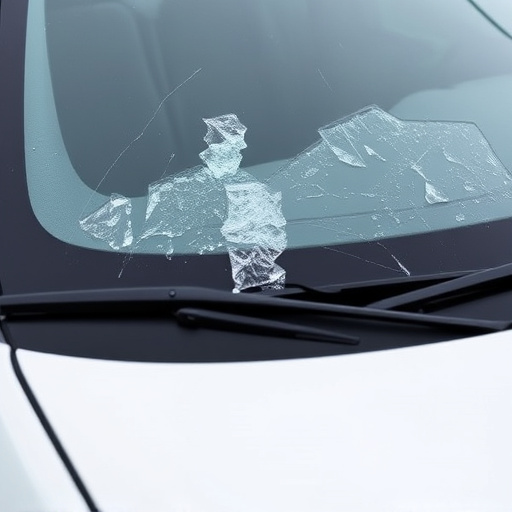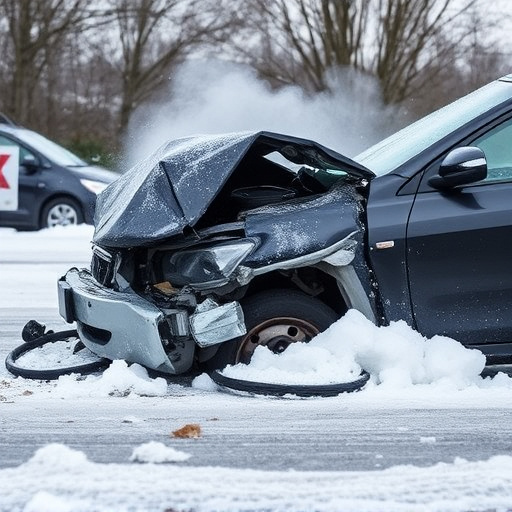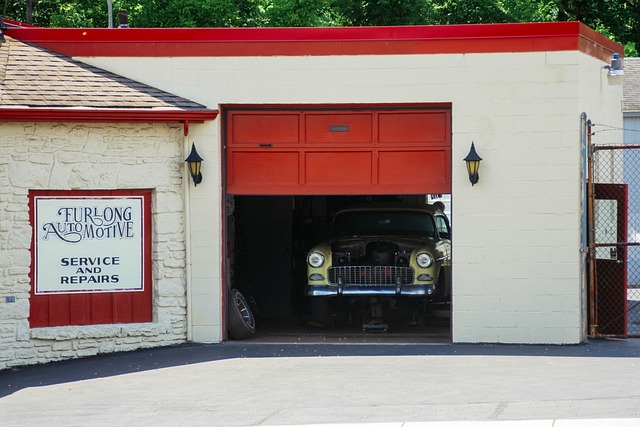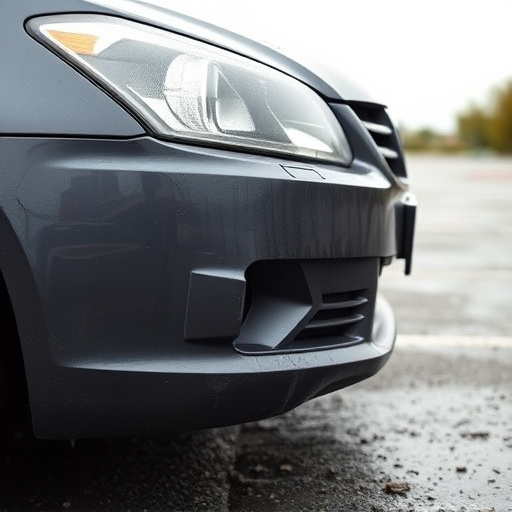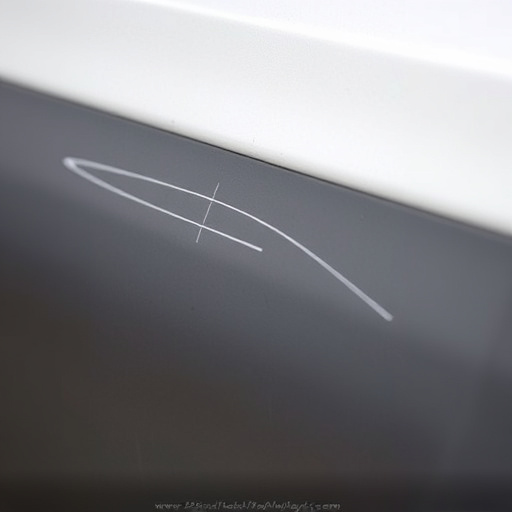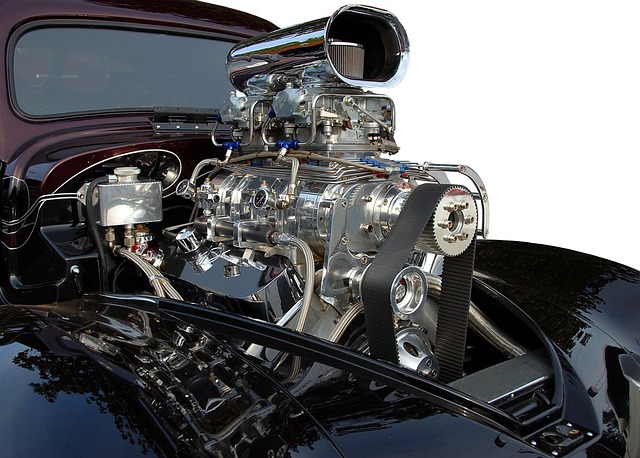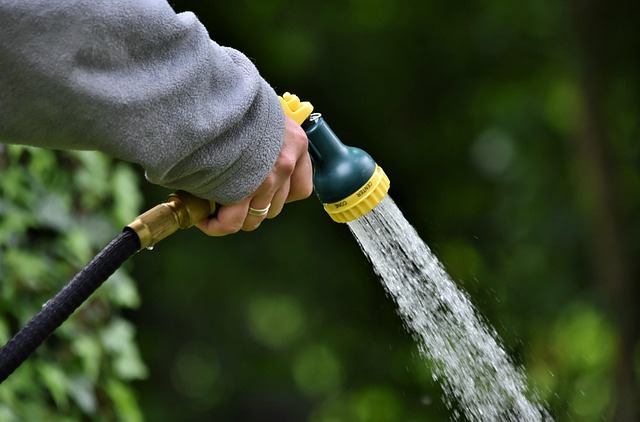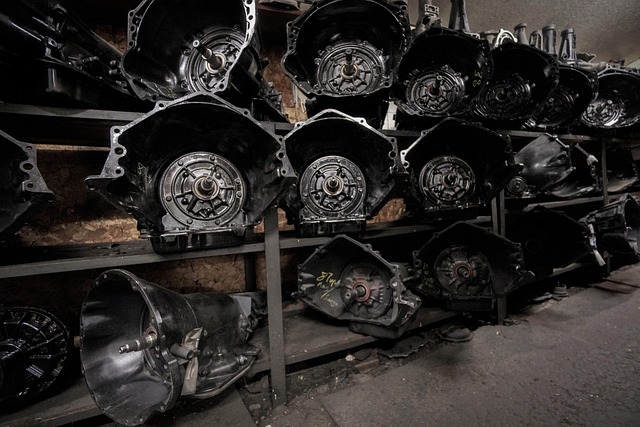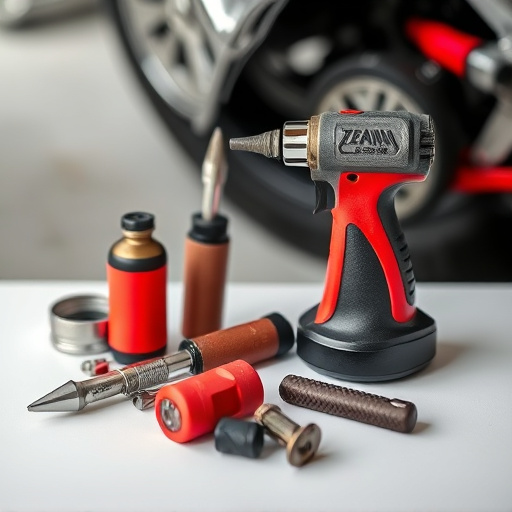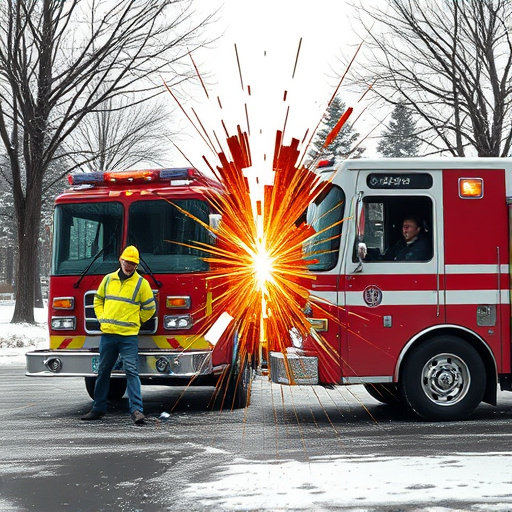The future of high-end vehicle collision repair is shaped by three key trends: advanced materials, automation, and sustainability. Material science advancements introduce stronger, lighter composites that enable precise repairs, enhance corrosion resistance, and extend vehicle lifespans. Automation through AI-equipped robotics offers unprecedented precision, reducing labor costs and turnaround times. Additionally, a growing focus on sustainability drives the adoption of greener materials and techniques, as consumers prioritize eco-friendly collision repair practices.
The future of high-end vehicle collision repair is characterized by innovative technologies that promise precision, efficiency, and sustainability. Advancements in material science are transforming repair processes, with new materials offering superior strength and aesthetics. Automation and robotics are set to revolutionize collision repair techniques, streamlining workflows and reducing human error. Additionally, sustainable and eco-friendly practices are gaining traction, aligning with the growing demand for environmentally conscious solutions in high-end vehicle collision repair.
- Advancements in Material Science and Their Impact on Repair Processes
- Automation and Robotics: Revolutionizing Collision Repair Techniques
- Sustainable and Eco-Friendly Practices in High-End Vehicle Collision Repair
Advancements in Material Science and Their Impact on Repair Processes
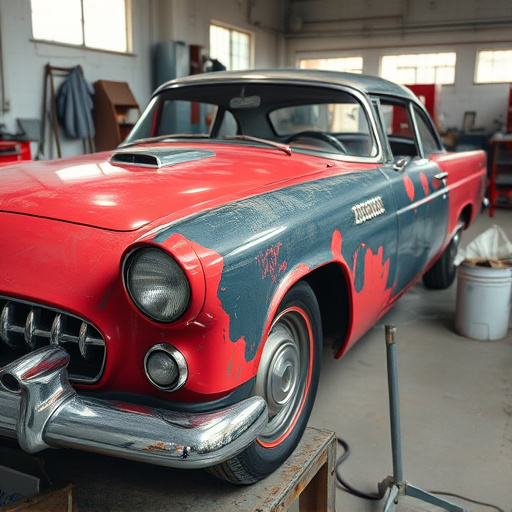
The future of high-end vehicle collision repair is closely tied to advancements in material science. New materials are emerging that offer improved strength, durability, and lightweight properties. These innovations directly impact repair processes, enabling more precise and efficient auto body services. For instance, advanced composite materials can be tailored to match the specific properties of different vehicle bodywork components, facilitating faster and more accurate repairs compared to traditional metalworking methods.
Furthermore, these new materials often come with enhanced corrosion resistance and better energy absorption capabilities. This not only reduces the scope for secondary damage during collision repair but also extends the lifespan of vehicles, making automotive repair services more cost-effective in the long run. As material science continues to evolve, we can expect even more sophisticated solutions that will further revolutionize the way high-end vehicle collision repairs are carried out.
Automation and Robotics: Revolutionizing Collision Repair Techniques
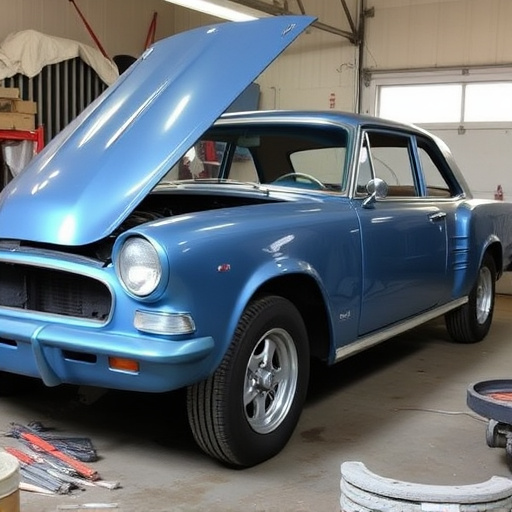
The future of high-end vehicle collision repair is being reshaped by automation and robotics, which are revolutionizing the way we approach automotive restoration. These advanced technologies offer unparalleled precision and efficiency in collision repair shops, enabling faster turnaround times and higher quality outcomes. Automation has already proven its mettle in various industries, and the automotive sector is no exception.
Robotic systems equipped with artificial intelligence can handle intricate tasks, such as panel replacement and body straightening, with remarkable accuracy. This not only reduces labor costs but also minimizes the risk of human error. In a collision repair shop, for instance, a robot arm guided by AI algorithms can precisely cut away damaged panels before seamlessly fitting new ones, resulting in a Mercedes-Benz collision repair that is virtually indistinguishable from the original. The integration of automation in automotive repair promises to redefine customer satisfaction and set new standards for excellence in the industry.
Sustainable and Eco-Friendly Practices in High-End Vehicle Collision Repair

The automotive industry is undergoing a significant shift towards sustainability, and high-end vehicle collision repair is no exception. As environmental concerns grow, so does the demand for eco-friendly practices within the collision sector. Modern consumers are increasingly conscious of the carbon footprint left by traditional vehicle repairs, prompting an evolution in how top-tier vehicle body shops handle post-collision restoration.
One notable trend is the adoption of greener materials and techniques. Collision repair shops are now utilizing sustainable alternatives to conventional automotive parts, minimizing the use of toxic chemicals and promoting a more environmentally conscious approach. Additionally, the focus on recycling and reuse has gained traction, with many vehicle restoration specialists implementing programs to recycle damaged components, reducing waste and lowering their overall ecological impact. These forward-thinking practices not only benefit the environment but also contribute to the reputation of high-end vehicle collision repair services as responsible stewards of a greener future.
The future of high-end vehicle collision repair looks promising, with significant advancements in material science, automation, and sustainable practices. These innovations promise not only to streamline repair processes but also to enhance the quality and durability of repairs. As technology continues to evolve, the industry is poised to deliver top-tier services that meet the exacting standards of luxury vehicle owners worldwide.


